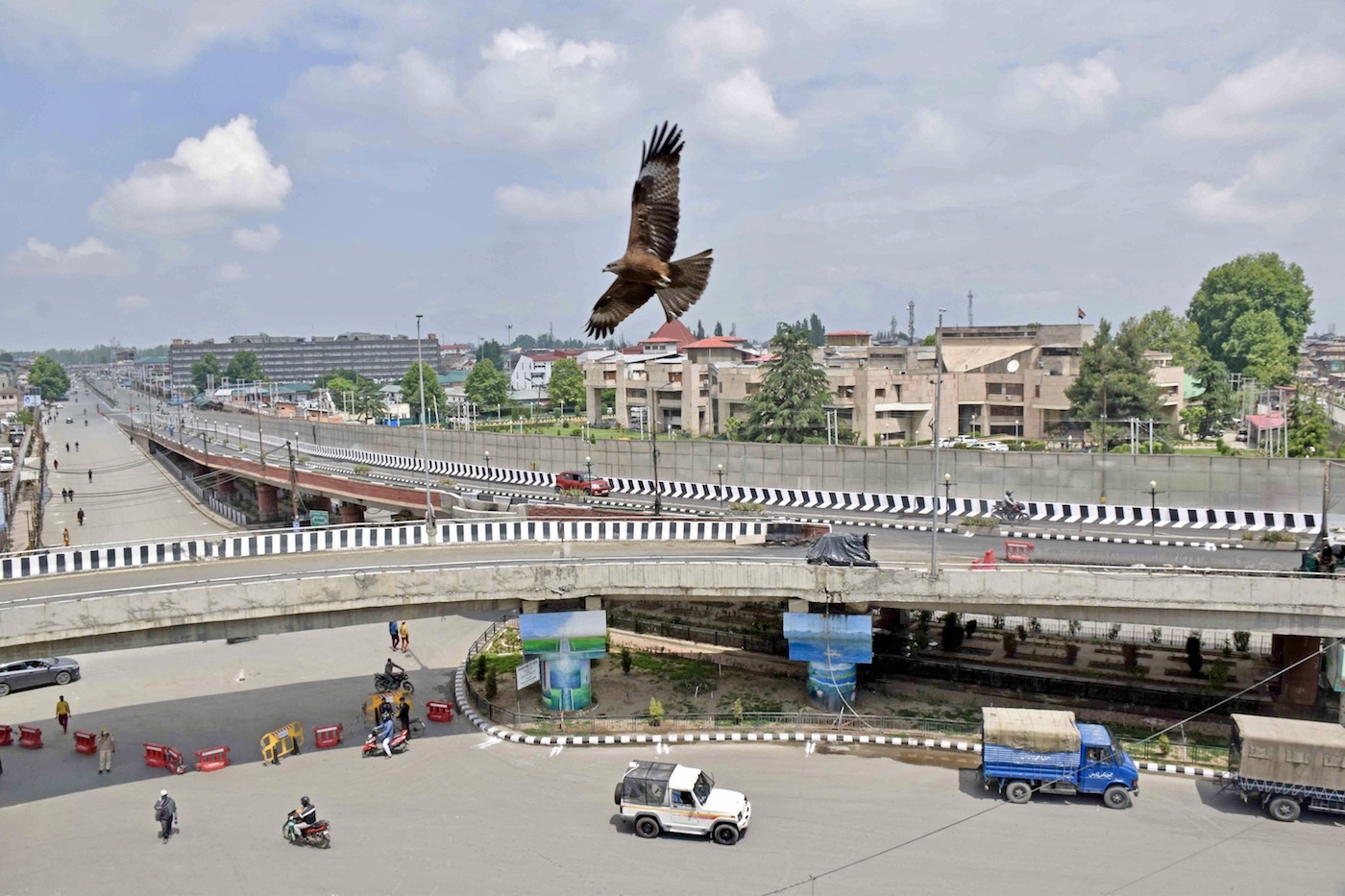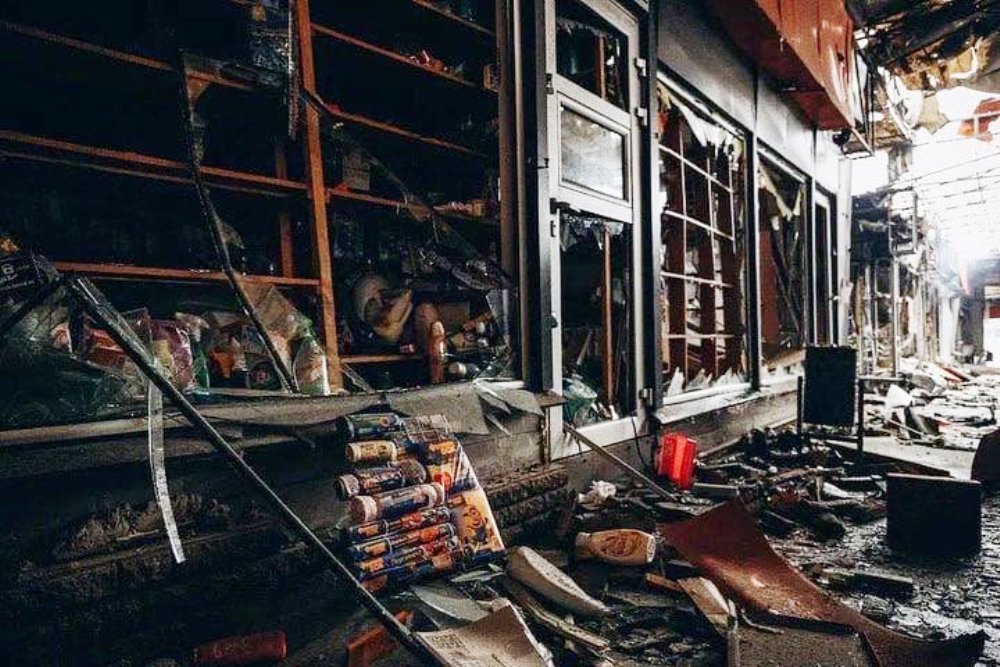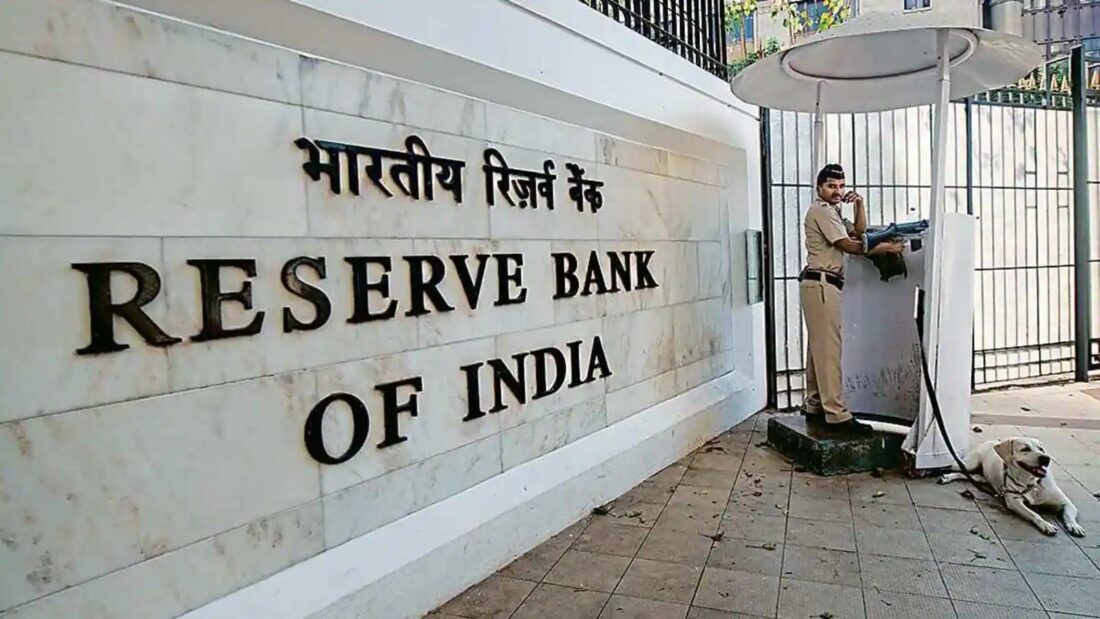by Syed Suhail Yaqoob
The stagflation has not set in yet, but symptoms are around. It is encouraging that RBI has taken an initiative to tighten its monetary policy but inflation is more structural. India needs to focus more on agricultural output, which is sure to increase both demand in rural areas as well as bring down inflation.
 Economics keeps on surprising us. Every time we provide a solution to a certain issue, the other problem creeps in. There was an issue of employment, economic growth, trade and no doubt inflation. Economists have devised a solution to almost every issue. However, these problems refuse to ebb out.
Economics keeps on surprising us. Every time we provide a solution to a certain issue, the other problem creeps in. There was an issue of employment, economic growth, trade and no doubt inflation. Economists have devised a solution to almost every issue. However, these problems refuse to ebb out.
Inflation is no exception. Classical believed that inflation will not and will never be an issue. In 1930’s it was deflation that was the issue so the governments had to make sure that inflation creeps into the economy. The inflation made it sure that economic growth does not dwindle and recession was staring at the face of modern world.
Keynes, the great economist, believed that inflation can be promoted or restrained through simple government interventions. If there is run-away inflation, the government needs to curtain spending and vice versa. It was sustained for over two decades, until the world faced the issue of stagflation.
The Stagflation
Stagflation was a serious issue. It implied unemployed coupled with high inflationary conditions. In this situation, the government as well as reserve banks were unable to achieve both ends. A rise in government expenditure may have promoted economic growth but would have led to more inflation. Similarly, the reserve banks would have faced with similar situation. A new economic thought, based on supply side phenomenon, was placed before the world. It implied increase in supply of both goods and service, which would have promoted economic growth and lessened inflationary conditions. There was a hope in this theory that now inflationary conditions might be solved forever.
Unfortunately, the real world is more serious that the ideal world. Economics assumes too much. It considers humans to function within the limits of its assumptions and no doubt we are yet to solve each and every issue related to economic life.
Post Pandemic
As of today, the world is reeling under intense inflationary conditions and India is no exception out here. The inflationary conditions have been observed at the time when the world was trying to mitigate the impact of Covid19 crisis. The world watched in horror the deaths and the dwindling economies across the world. Most countries resorted to expansionary fiscal and monetary policies. India also followed the same and the results seemed encouraging.

The growth in GDP during 2021-22 was estimated at 8.9 per cent as against a contraction of 6.6 per cent in 2020-21. The growth rate was achieved in the background of huge contraction that occurred in Indian economy. The economy contracted 23.8 per cent in April-June in 2020 and 6.6 per cent in July-September quarter in 2020.
Although the country has achieved economic growth, which seems to be fragile, unemployment is still quite high. The Centre for Monitoring Indian Economy’s monthly time series data revealed that the overall unemployment rate in India was 8.10 per cent in February 2022, which fell to 7.6 per cent in March. On April 2, the ratio further dropped to 7.5 per cent, with urban unemployment rate at 8.5 per cent and rural at 7.1 per cent.
Retired professor of economics at Indian Statistical Institute, Abhirup Sarkar said that though the overall unemployment rate is falling, it is still high for a “poor” country like India.
A Twist
This sounds very good. But, there is a twist. The decline in the unemployment rate should not, however, be taken at the face value. The fall in the unemployment rate did not arise out of 6.6 million people getting jobs. They, rather disappointingly, just stopped looking for jobs. As a result, they were no longer counted as unemployed and were out of the labour force value. The country witnessed a significant dip in unemployment rate in January as 6.6 million people moved out of the labour market resulting in a dip in unemployment rate and the labour force participation rate last month, the Centre for Monitoring Indian Economy reported.
The trend of exiting labour force has pre-dated Covid-19 crisis. Between 2017 and 2022, the overall labour participation rate dropped from 46 per cent to 40 per cent. Among women, the data is even starker. About 21 million disappeared from the workforce, leaving only 9 per cent of the eligible population employed or looking for positions. Now, more than half of the 900 million Indians of legal working age – roughly the population of the US and Russia combined – don’t want a job, according to the CMIE. The data point out to stark realities in case of Indian economy.
Dynamic Labour Market
We have, however, some good news on the employment front. Recent reports by CMIE shows that April 2022 saw increased activity in labour market, which is itself dynamic in nature. The Indian labour markets saw substantially increased activity during April 2022. The labour force swelled and employment increased handsomely during the month. People seeking employment increased in large numbers and the Indian economy was able to provide additional employment in large numbers as well.
But, the additional jobs that became available were inadequate compared to the demand. The increase in labour force was both owing to increase in natural labour force as well as exited labour force joining back. The labour force increased by 8.8 million from 428.4 million in March 2022 to 437.2 million in April 2022.

This is one of the largest monthly increases in the labour force if we exclude the lockdown impacted months when the movement in and out of the labour markets was extraordinarily high. In fiscal 2021-22, the average monthly increase in the labour force was 0.2 million. During half of the months of the year, the labour force either shrank by about 2 million or expanded by 2 million. The maximum expansion was of 8 million in December 2021.
In comparison to this record, the 8.8 million expansions of the labour force in April 2022 is extraordinarily high. The increase in labour force is not matched by increase in demand for labour force.
Retail Inflation
The problem is not only high levels of unemployment. India has been reeling under intense inflationary conditions. Official data revealed that the retail inflation had grown by 7.8% in April, 2022. In other words, the general price level Indian consumers faced was almost 8% higher than it was in April last year. The Consumer Price Index (CPI) inflation for April 2022 stands at 7.79% against 6.95% in March 2022 and 4.21% in April 2021.
The consumer price-based inflation figure has remained above the Reserve Bank of India’s (RBI’s) upper tolerance limit for four straight months. The Centre has tasked the RBI with the job of keeping the retail inflation between 2 to 6 per cent. Consistently, the inflation has breached RBI’s tolerance limit. The factors that have led to inflationary situation include Russia-Ukraine crisis, depreciation of Rupee against the dollar, which makes imports dearer as well as decline in wheat production across India.
The Russia-Ukraine war has led to intense pressures on commodity market. Inflation-sensitive items relevant to India such as edible oils are facing shortages due to the conflict in Europe and export bans by key producers. The jump in fertilizer prices and other input costs has a direct impact on food prices in India. It has to be noted that the inflationary conditions in India persisted before the Russia-Ukraine war. The depreciation of Rupee will further accelerate the issue. A depreciation of 1% in rupee against dollar will increase inflation by almost 5 percent.
RBI Intervention
It was against this backdrop that RBI has intervened in the market to cool down inflationary conditions. The Reserve Bank of India (RBI) raised the repo rate – at which it lends money to commercial banks – by 40 basis points to 4.4%. The rate had been reduced to a record low of 4% during the Covid-19 pandemic.

The RBI also announced a 50-basis point increase in the cash reserve ratio – the percentage of cash that banks need to keep in reserve against their total deposits – to suck out excess liquidity from the system. The decision came amid soaring prices of food and fuel, with inflation at an 18-month high and higher global prices filtering through into India.
The RBI expects monetary policy-work in two important ways (i) it will cool down demand as interest rate will increase (ii) it is expected to attract foreign reserves as non-nationals will have more returns which will appreciate rupee and bring down inflation. This is more likely a hypothetical scenario. The unfortunate part with present inflation is that it is driven mostly by ‘food inflation’ and owing to tight monetary policy, economic growth will slide down.
The data is very clear about it. Consumer food price inflation in India has nearly doubled in India since March 2021. In rural areas, it has more than doubled from 3.94% in March 2021 to 8.04 % in March 2022. Food and beverages inflation surged 7.47% year-on-year driven by inflation in edible oils, vegetables, cereals, and livestock products like milk, meat, and fish. Following a three-month decline until February, food prices rose sequentially by 1.32%.

The issue with the tight monetary policy is that it will have negative impact on economic growth in India, but will not impact food prices so much as it is caused more by shortage of food supply or is structural in nature. The second issue is with economic growth projections. Morgan Stanley has lowered its forecasts for India’s economic growth in the next two fiscal years, saying a global slowdown, surging oil prices and weak domestic demand would take a toll on Asia’s third-largest economy. Gross domestic product growth will be 7.6% for fiscal 2023 and 6.7% for fiscal 2024, 30 basis points lower than the previous estimates. And the monetary policy will cause further slide in economic growth. The slide in economic growth will become very difficult for a country like India with huge labour force.
India economy has to be managed very cautiously. It is on the path of stagflation with rising unemployment trends and declining economic growth. The stagflation has not set in yet, but symptoms are around. It is encouraging that RBI has taken an initiative to tighten its monetary policy but inflation is more structural. India needs to focus more on agricultural output, which is sure to increase both demand in rural areas as well as bring down inflation.
(Syed Suhail Yaqoob is teaching economics at Cluster University Srinagar. The opinions expressed in this article are those of the author and do not purport to reflect the opinions or views of Kashmir Life.)















